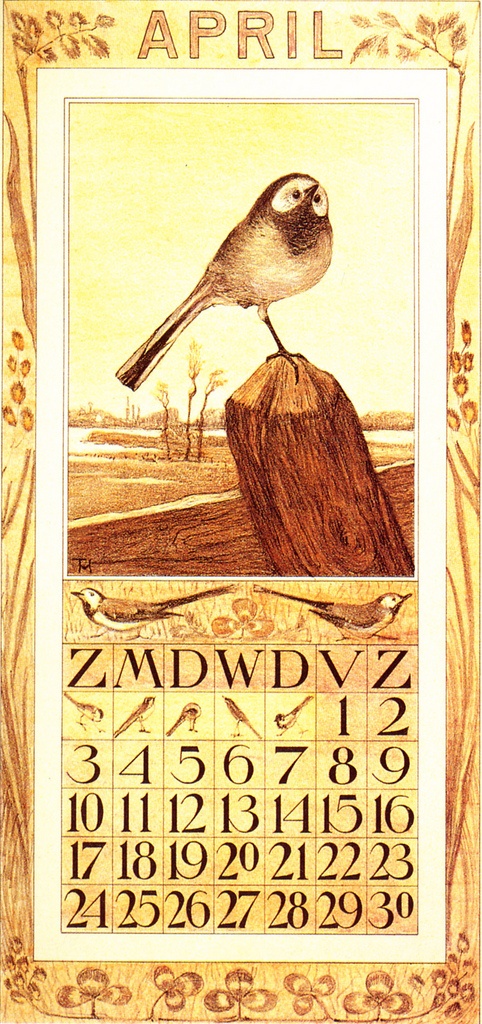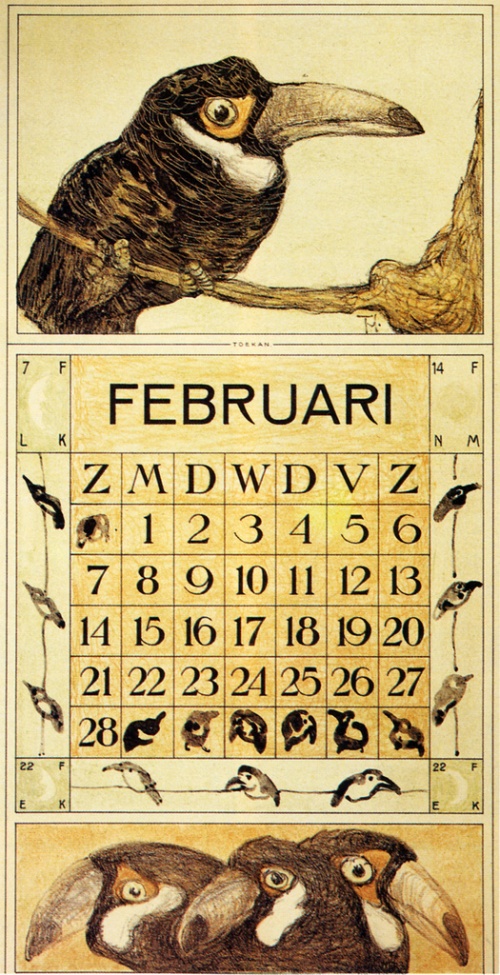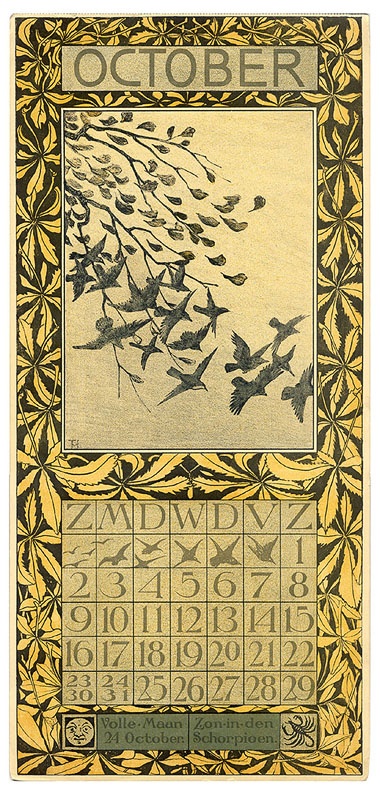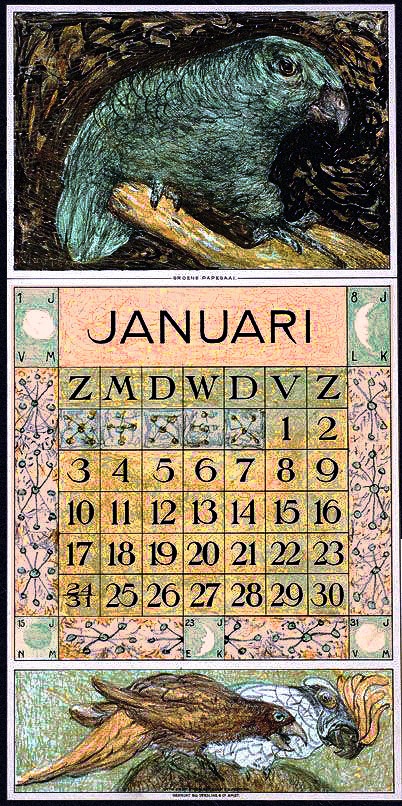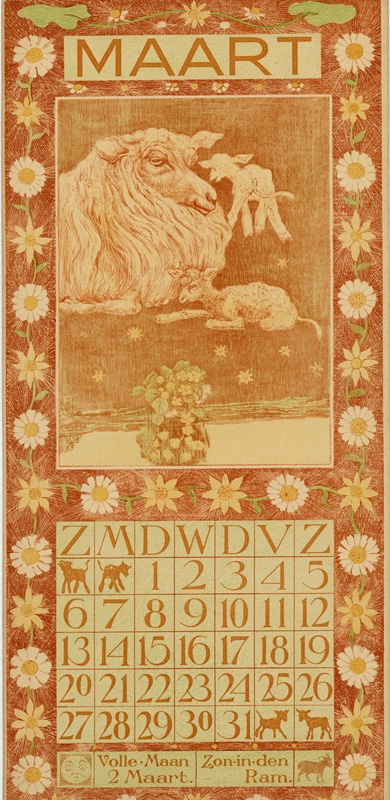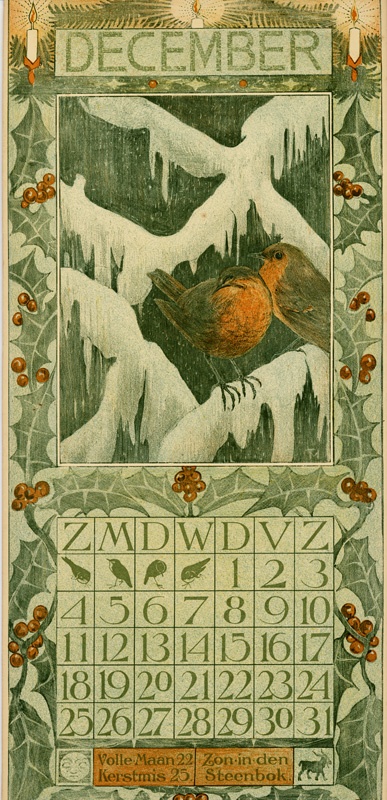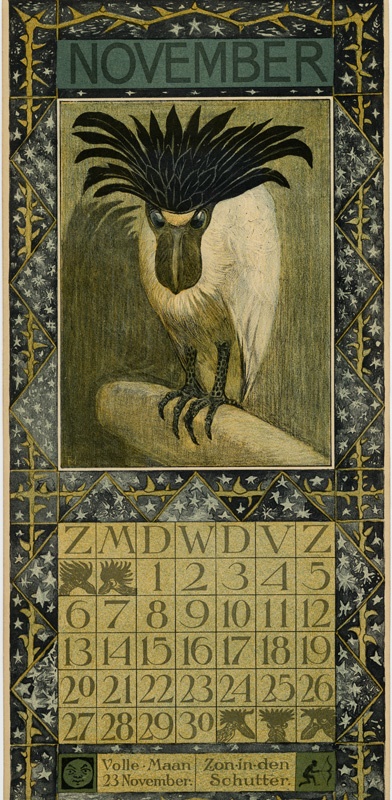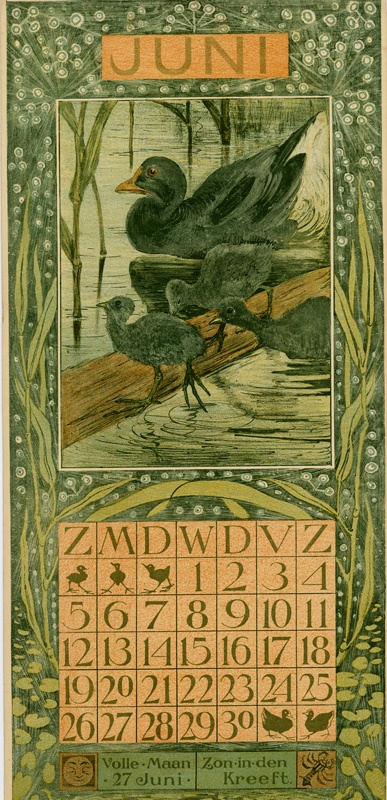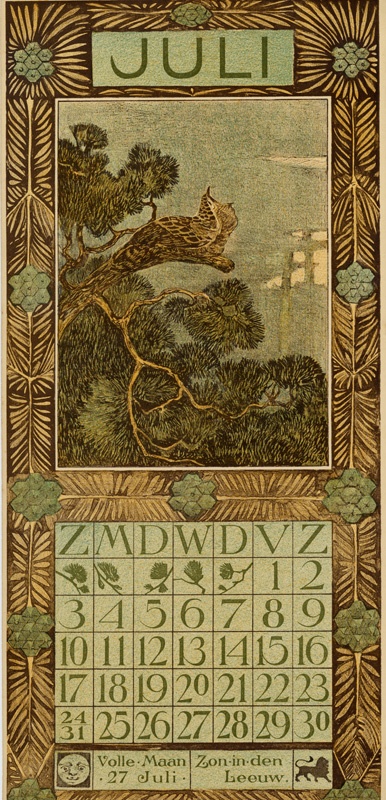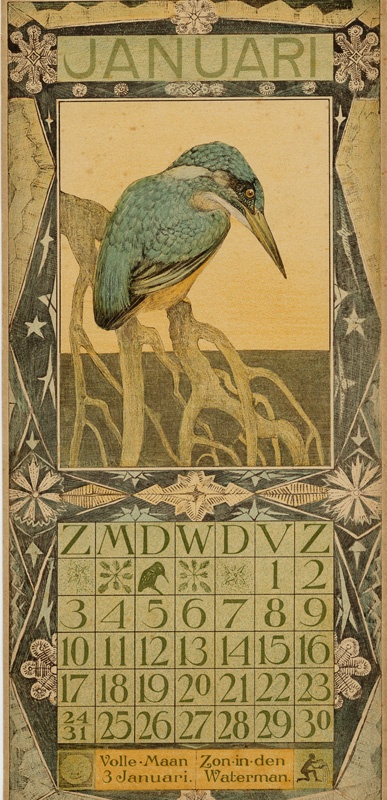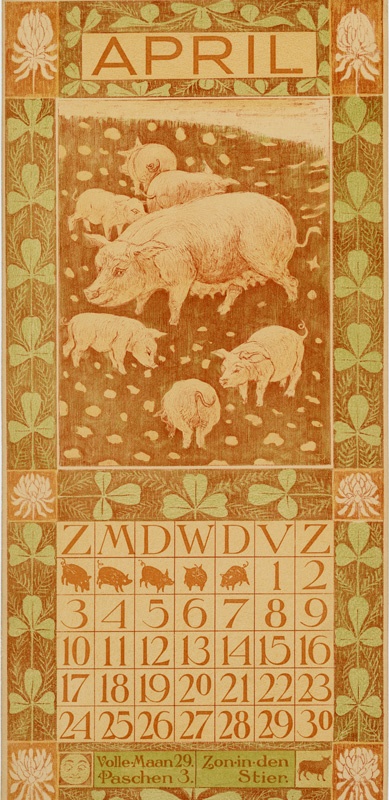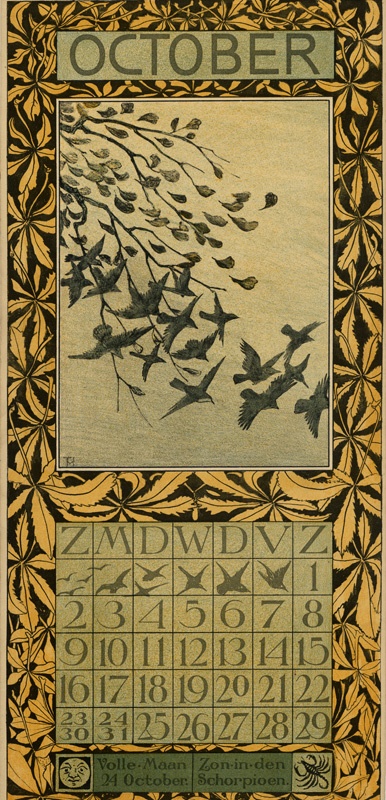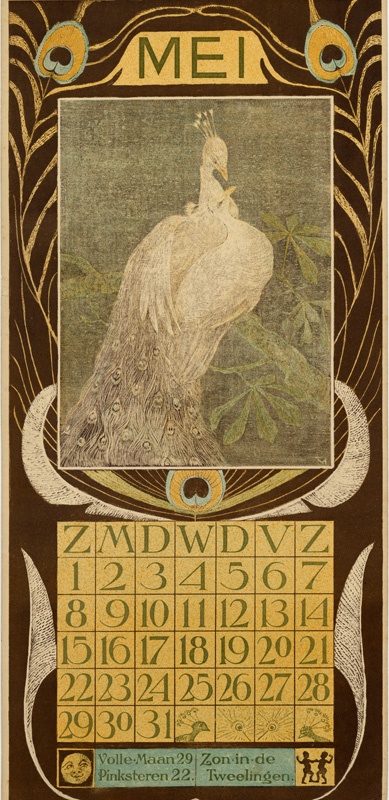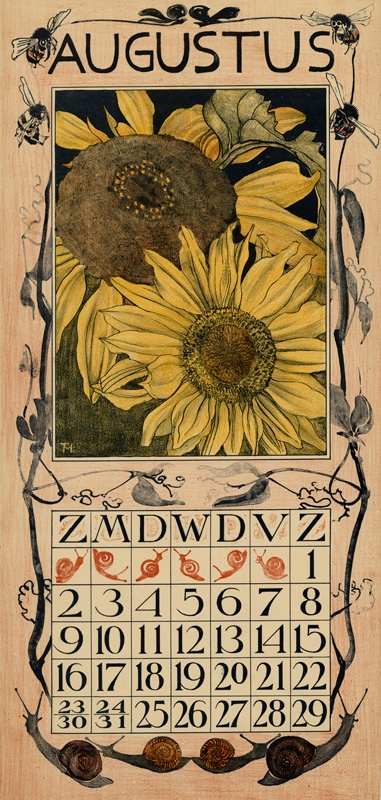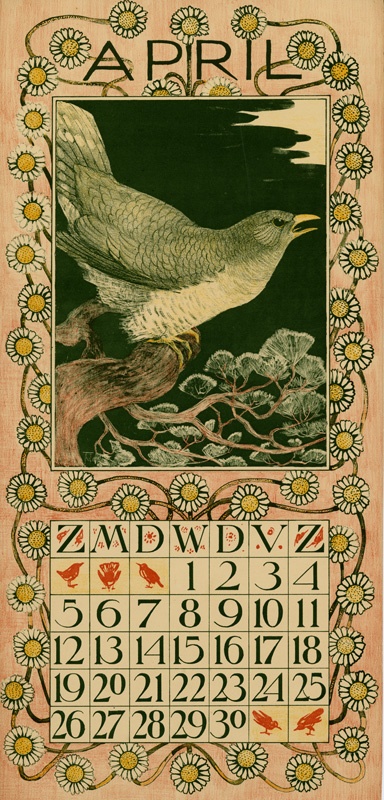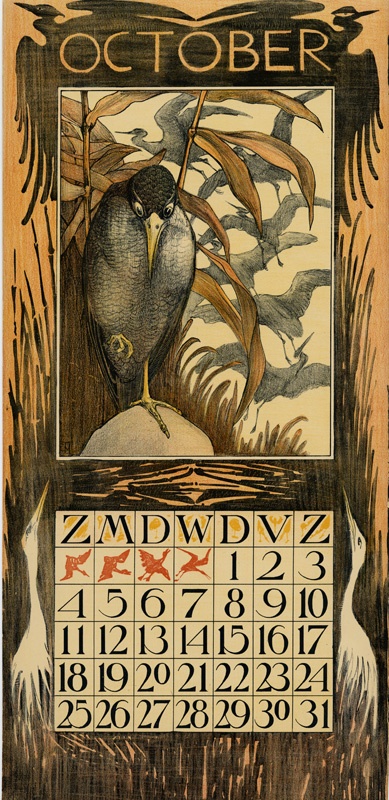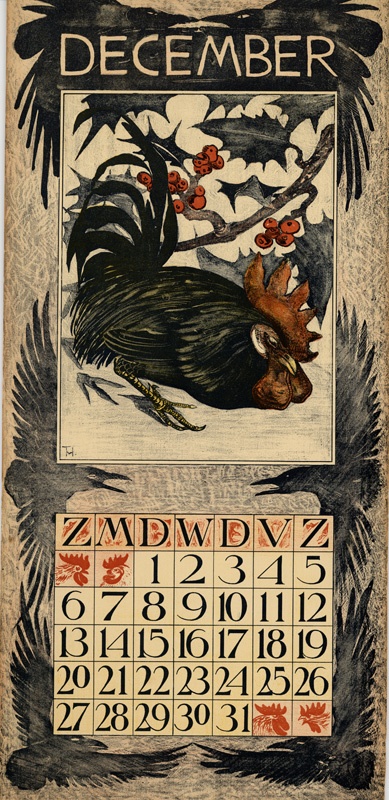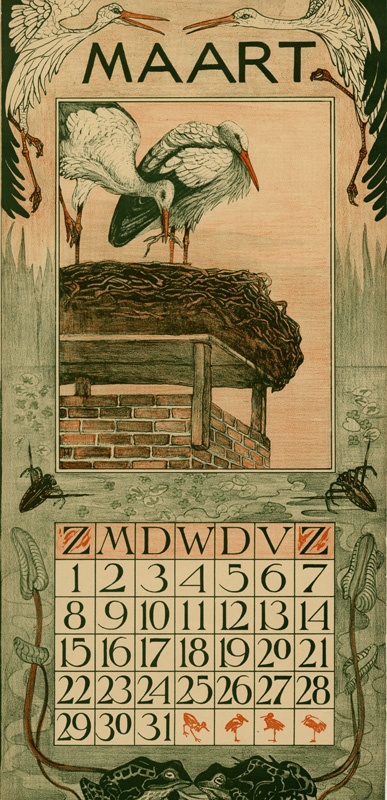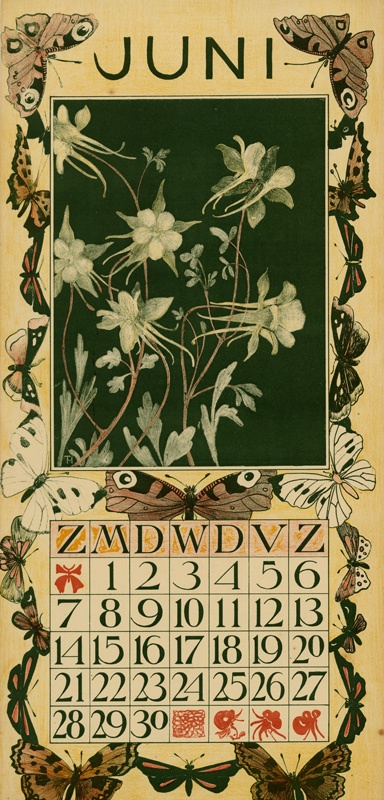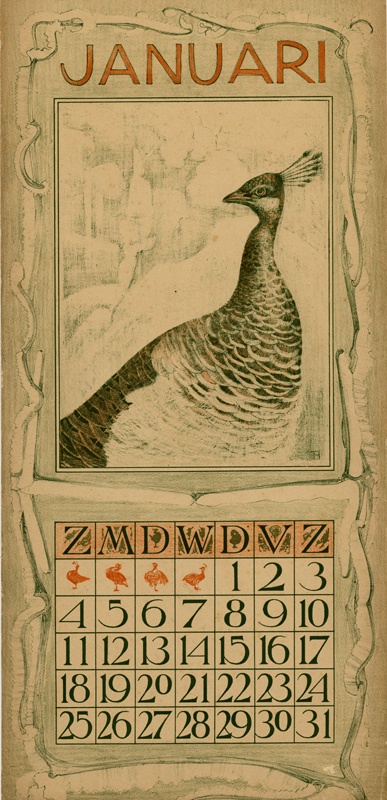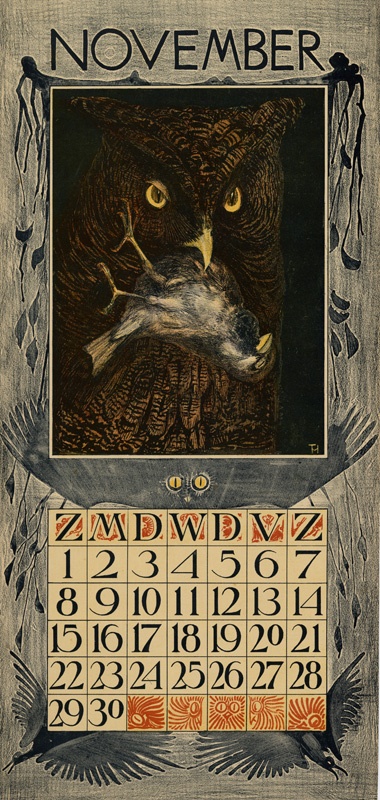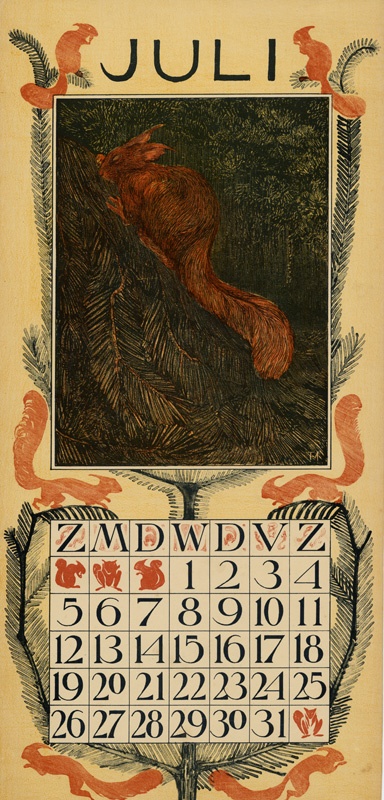Theodoor van Hoytema (1863-1917) (300 works)
Разрешение картинок от 500x79px до 2472x3189px
Theodor van Hoytema (1863-1917) - Dutch artist and lithographer. Born into the family of the Secretary General of the Ministry of Finance. He was the youngest of eight children and lost his parents at an early age. Together with his brothers and sisters, he moved to a small area of the city, where his older sister gave him his first drawing lessons.
After four classes at the municipal gymnasium in the city of Leiden, he and his two brothers worked in a bank. With his cheerful and restless nature, artistic talent and love of nature, Hoytema was not at all suitable for such work, and as soon as it became possible, he left. In 1889 he moved from Delft to Leiden, where he spent some time with his mother's side of the family. At the same time, he enrolled in winter courses in drawing and painting at the Hague Academy of Arts (1887-1892). Through his uncle, who worked in a publishing house, he received his first assignment: illustrations for scientific biological works. In 1890 he founded his own studio. Van Hoytema first gained fame as an illustrator thanks to his color lithographs for Andersen's The Ugly Duckling. The book was published in 1893. And in 1895 The book “Happy Owls” (Uilen-geluk) was published, with illustrations of flowers, birds and landscapes
The period from 1894 to 1897 was his happiest and most productive. He painted several famous paintings.
In 1902, a difficult period began for him. His marriage broke up, and health problems began. Several years of wandering followed. He lived in Voorburg and Amsterdam, later went with his sister to London, and spent some time in a sanatorium for patients with nervous diseases. In 1907 he found a home for his sister in The Hague, which he lovingly cared for until his death.
It was during this difficult period of life that the calendars to which Van Hoytema owes his greatest fame arose. A long series of color lithographs was produced, which were completed only through great willpower.
The last calendar for 1918 was published posthumously. The calendar was released in black and white.
Van Hoytema did not belong to a specific artistic group or movement. His works show a number of characteristic features of the period 1890-1900: the influence of English illustrators such as Walter Crane (especially in the first two books), the influence of Japanese prints, elements of the Art Nouveau style.
The archive contains a series of calendars from 1902 to 1918. Illustrations for two books and illustrations for different periods.

